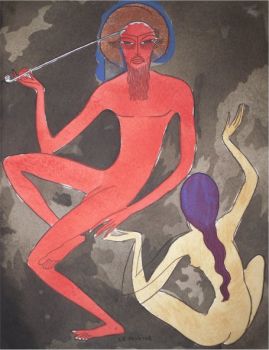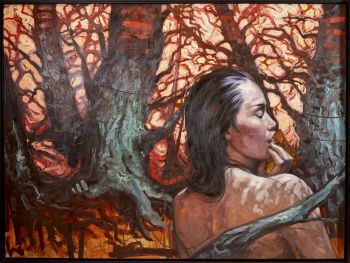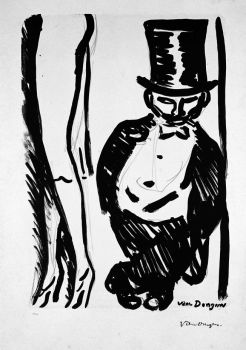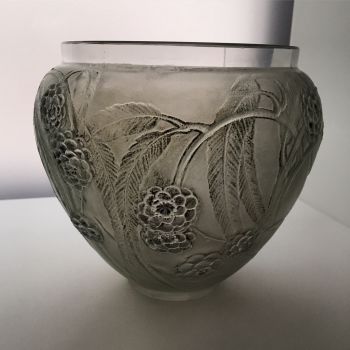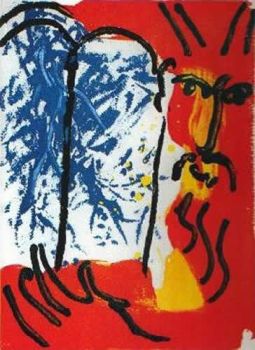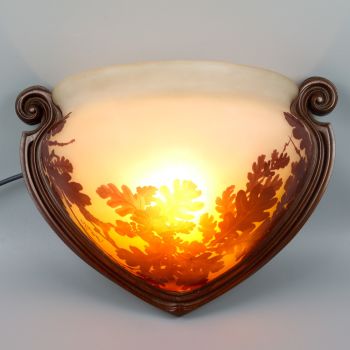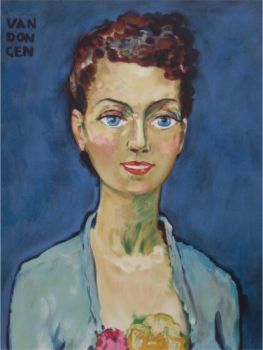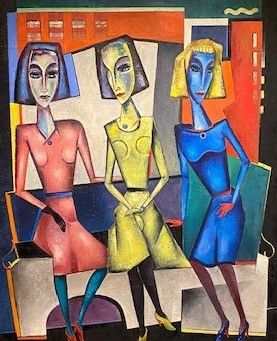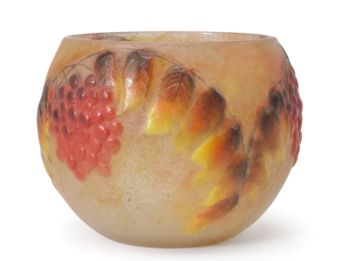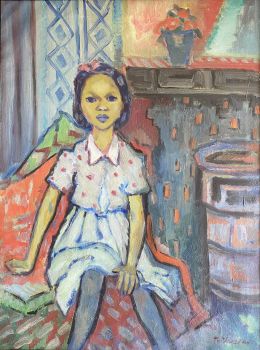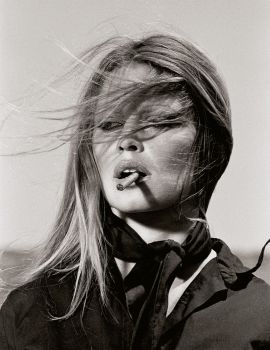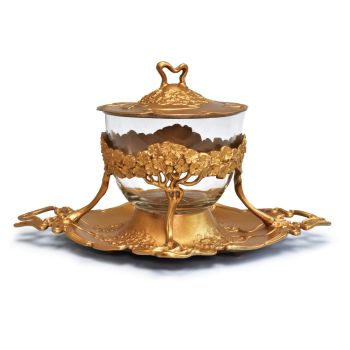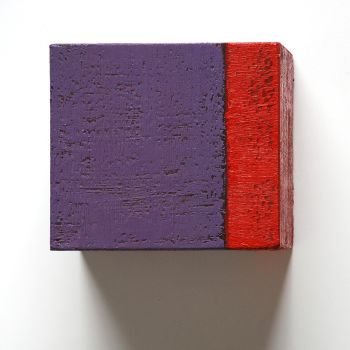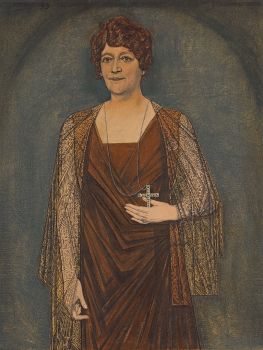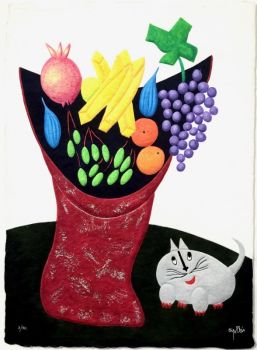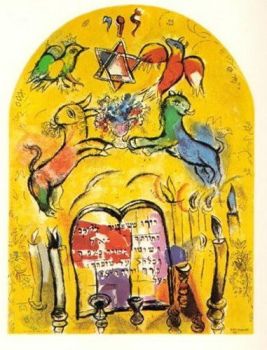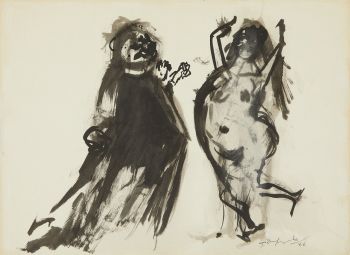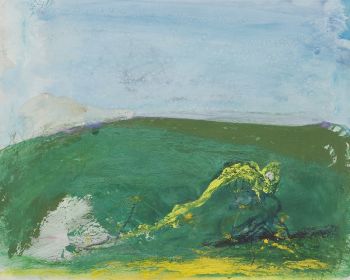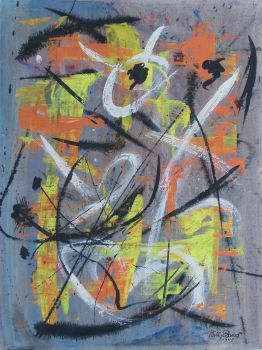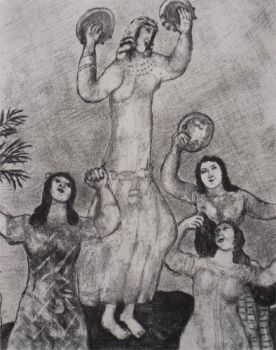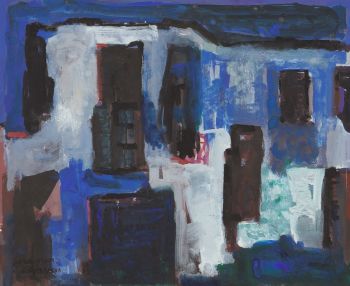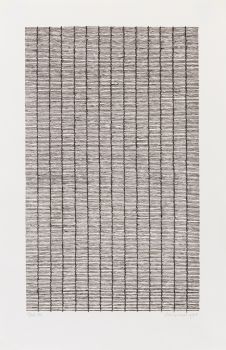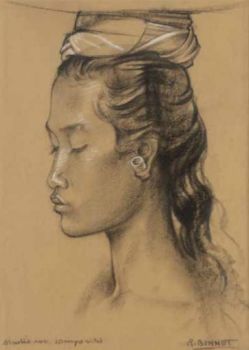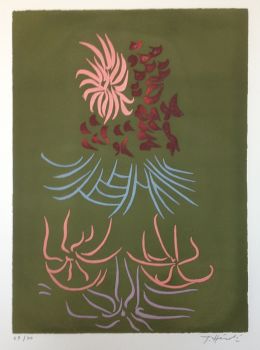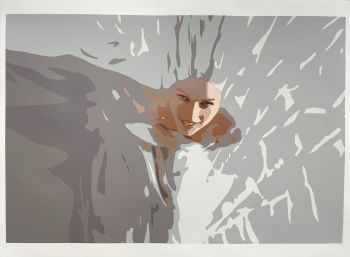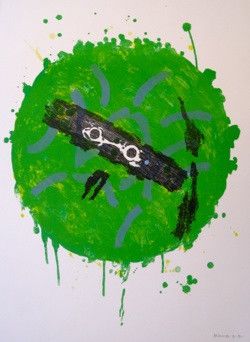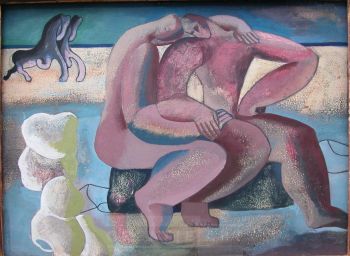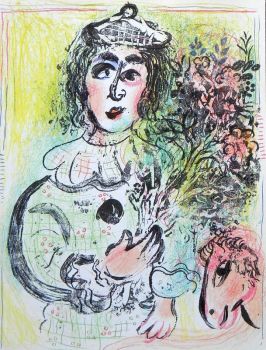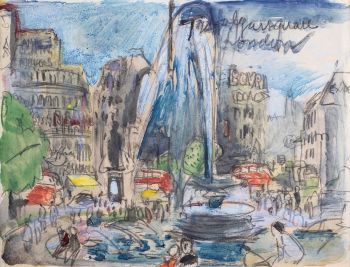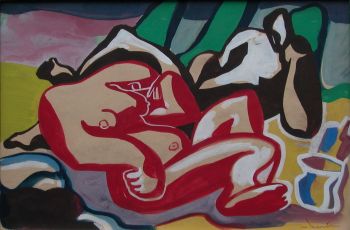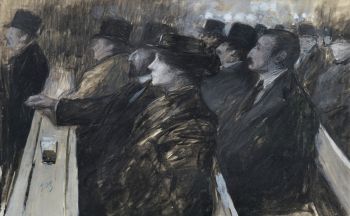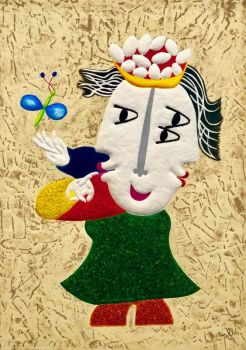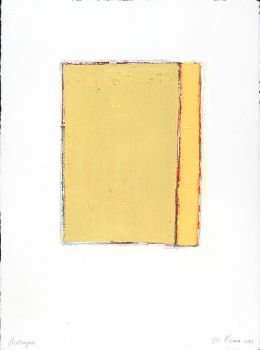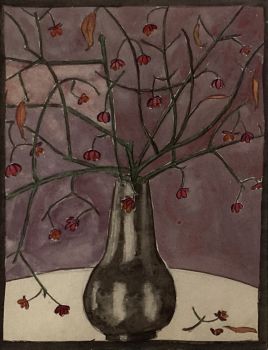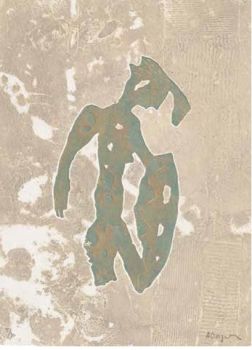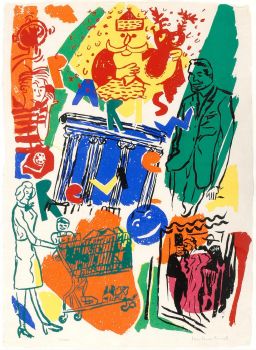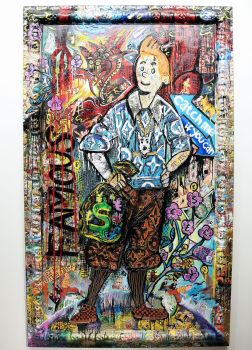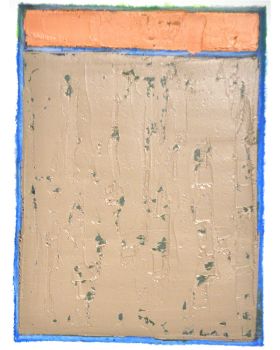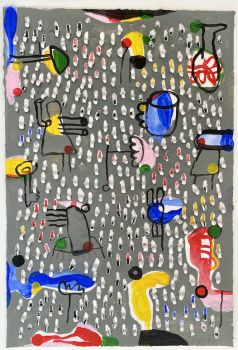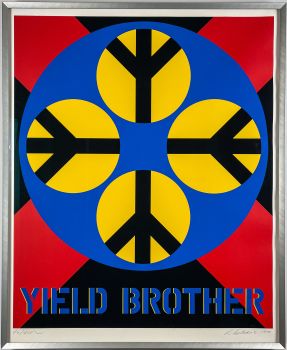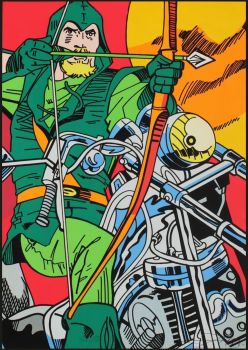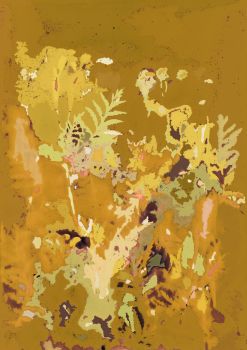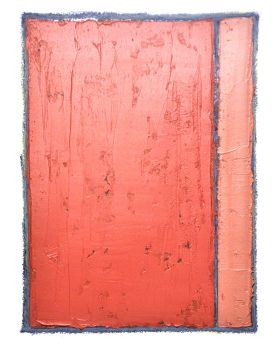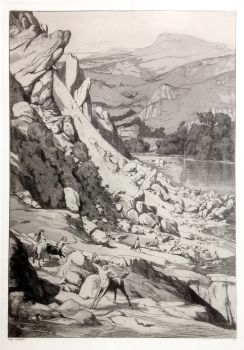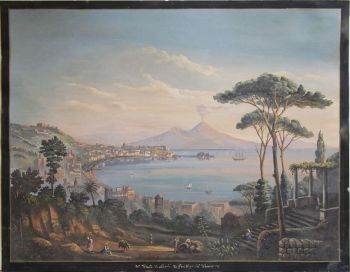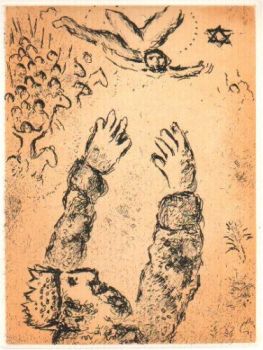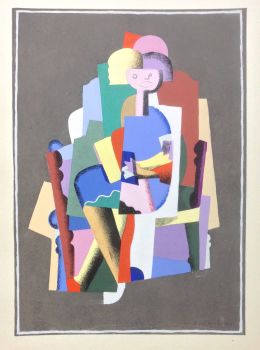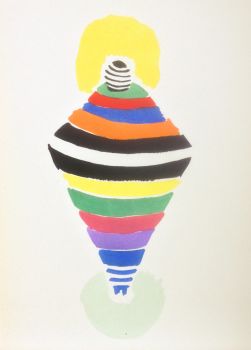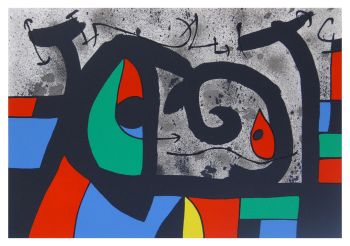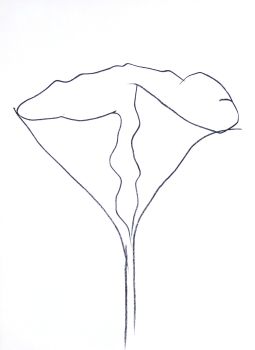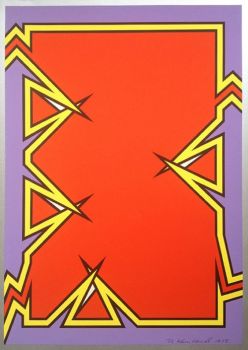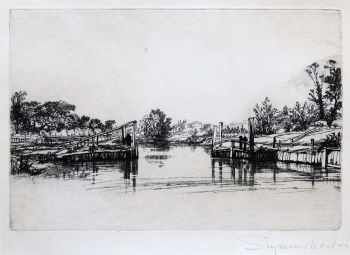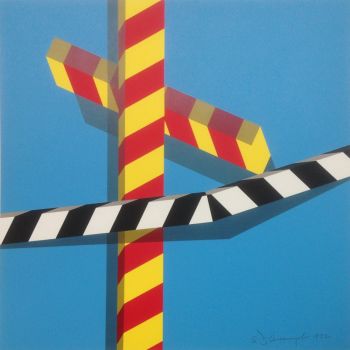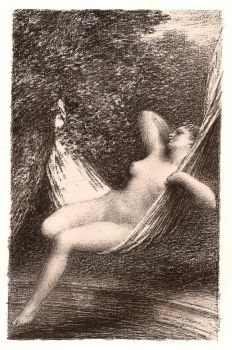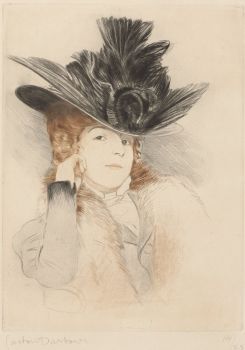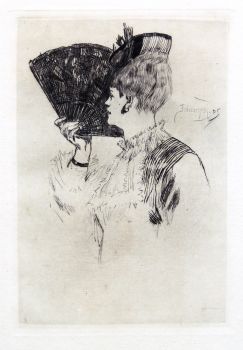Libons 1970
Werner Graeff
TintaPapel
65 ⨯ 50 cm
ConditionMint
Preço em pedido
Hans den Hollander Prints
- Sobre artemedium: linocut
edition size: 30 (13/30)
signature: lower right in pencil
Werner Graeff, born 24 August 1901 in Sonnborn, was a German sculptor, painter, graphic artist, photographer and inventor. Graeff graduated from high school in Berlin-Tegel. His first pictures were taken in an Impressionist style. Around 1919 he turned to Cubist forms. This style also influenced his early sculptures. From 1921 he was a student at the Bauhaus in Weimar. That same year he joined the De Stijl group and was from 1922 employees of the same journal.
He took a course at Stijl, Theo van Doesburg. Also in 1922 he participated in the "First International Congress Advanced Artist" of 29 to 31 May in Dusseldorf. Graeff was 1924 with Hans Richter and Piet Mondriaan, the Journal of Basic Design (abbreviated G). His first book was published in 1927 by Willi Baumeister. In the winter semester 1924/1925 Graeff began studying at the Technische Hochschule in Berlin-Charlottenburg, which he abandoned it for economic reasons. In the following years he turned more to writing, his artistic ambitions resigned. Mies van der Rohe in 1928 made him the chief propagandist of the exhibition The apartment in the Weißenhofsiedlung in Stuttgart.
He has published on behalf of the German Werkbund exhibition at the volumes of construction and housing and interiors. 1931/1932 was Graeff teacher of photography at the Reimann School in Berlin.
In 1936 he emigrated to Spain. The years of war and immediate postwar period Graeff lived as a teacher and a writer in Switzerland. From 1946 he developed there one of the first mini cameras in the world.
From 1950, he returned to painting. He was from 1951 to 1958 taught at the Folkwang School in Essen.
Graeff died unexpectedly on 29 August 1978 in Blacksburg, Virginia, USA.
The second by his wife Ursula Graeff deer managed estate of the artist in 2009 was bequeathed to the Museum Wiesbaden. - Sobre artistaWerner Graeff, nascido em 24 de agosto de 1901 em Sonnborn, foi um escultor, pintor, artista gráfico, fotógrafo e inventor alemão. Graeff se formou no colégio em Berlin-Tegel. Suas primeiras fotos foram tiradas em estilo impressionista. Por volta de 1919, ele se voltou para as formas cubistas. Este estilo também influenciou suas primeiras esculturas. Desde 1921 ele era um estudante na Bauhaus em Weimar. Nesse mesmo ano, juntou-se ao grupo De Stijl e, a partir de 1922, era funcionário da mesma revista. Ele fez um curso em Stijl, Theo van Doesburg. Também em 1922 participou no "Primeiro Congresso Internacional de Artista Avançado" de 29 a 31 de maio em Dusseldorf. Graeff foi 1924 com Hans Richter e Piet Mondriaan, o Journal of Basic Design (abreviado G). Seu primeiro livro foi publicado em 1927 por Willi Baumeister. No semestre de inverno de 1924/1925 Graeff começou a estudar na Technische Hochschule em Berlin-Charlottenburg, que a abandonou por motivos econômicos. Nos anos seguintes, ele se voltou mais para a escrita, suas ambições artísticas renunciaram. Mies van der Rohe em 1928 fez dele o propagandista chefe da exposição O apartamento no Weißenhofsiedlung em Stuttgart. Ele publicou em nome da exposição alemã Werkbund nos volumes de construção e habitação e interiores. 1931/1932 foi professor Graeff de fotografia na Escola Reimann de Berlim. Em 1936 ele emigrou para a Espanha. Os anos de guerra e o pós-guerra imediato Graeff viveu como professor e escritor na Suíça. A partir de 1946 ele desenvolveu ali uma das primeiras mini câmeras do mundo. A partir de 1950, ele voltou a pintar. Ele foi de 1951 a 1958 como professor na Escola Folkwang em Essen. Graeff morreu inesperadamente em 29 de agosto de 1978 em Blacksburg, Virginia, EUA.
Você está interessado em comprar esta obra de arte?
Artwork details
Categoria
Estilo
Material e Técnica
Cor
Related artworks
- 1 - 4 / 24
- 1 - 4 / 24
- 1 - 4 / 24
- 1 - 4 / 12




